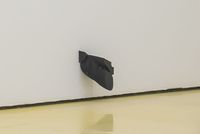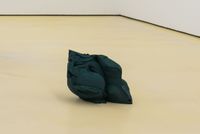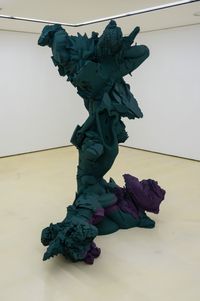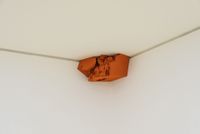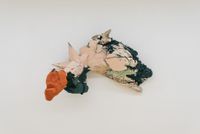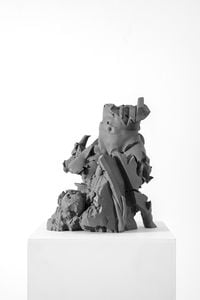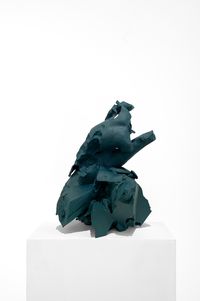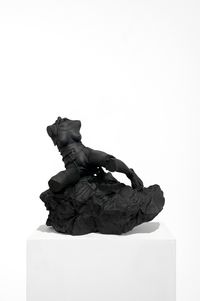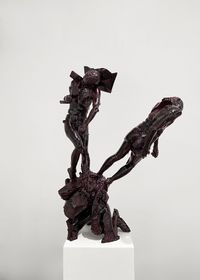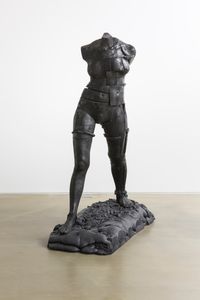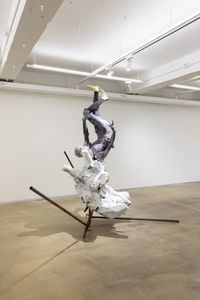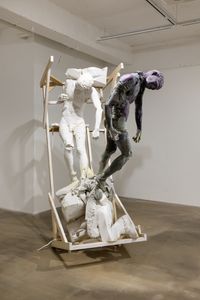At first glance, ByungHo Lee's works are reminiscent of classical sculptures in their lifelike proportions and features. The distinction lies in the visible seams across their bodies, traces of fragmentation and reconstruction, that explore the themes of time, transformation, and representation.
Read MoreLee portrays the imprint of time on the human body in his silicone sculptures, using an air compressor to withdraw or inject air into the material. As a result, his sculptures—whether his 'Vanitas Busts' of young people or a pair of hands clasped together in Prayer (2012)—appear to age then shift back to their youthful states.
In addition to portraying time, Lee tests the idea of permanence associated with classical sculpture. Despite the endurability of their conventional materials—stone and metal—sculptures are not immune to transformation, however unnoticeable and slow the changes may be.
Since 2016, Lee has investigated the human body and repetitive processes of construction, deconstruction, and reconstruction in 'Anthropometry', a series of life-size polyurethane, wood, and plaster sculptures. After completing a human figure, Lee dissects it into different pieces, which he then rearranges—for example, bringing the inside pieces outward and vice versa. Parts of a sculpture can also be left out or removed after an exhibition to be reused in another work.
'Anthropometry' derives from a 1960 work by Yves Klein of the same title, in which the French artist used the bodies of nude women as 'paintbrushes' to represent the human figure. In his work, Lee pushes the boundaries of representation by reproducing human body parts in polyurethane and reassembling them into new bodies.
In Three Shades, Lee's solo exhibition at Space So, Seoul in 2020, Lee continued the concerns of 'Anthropometry'. Fragmentation becomes more prominent and conspicuous in a series of works titled 'Bust' (2020), in which the subjects' facial features are fractured and multiplied.
